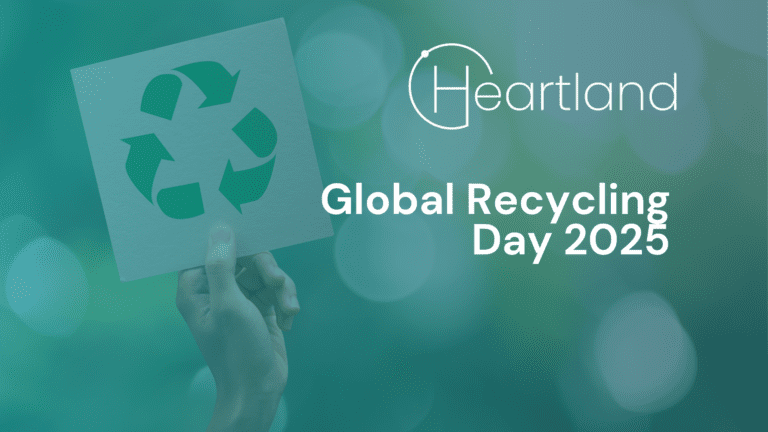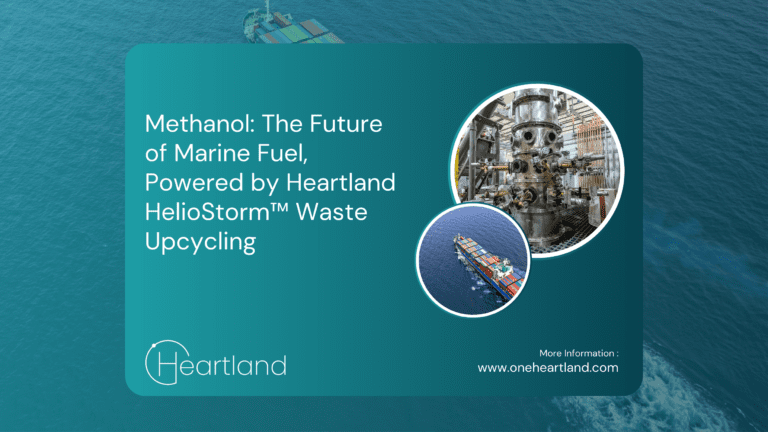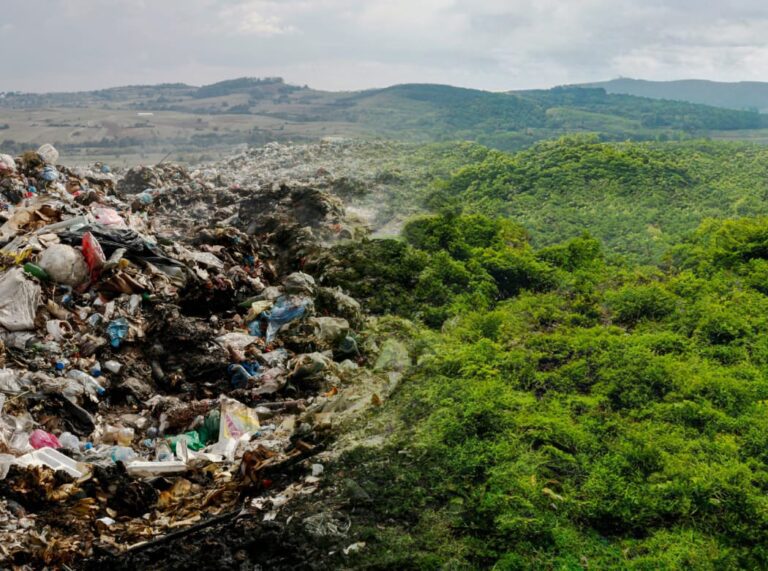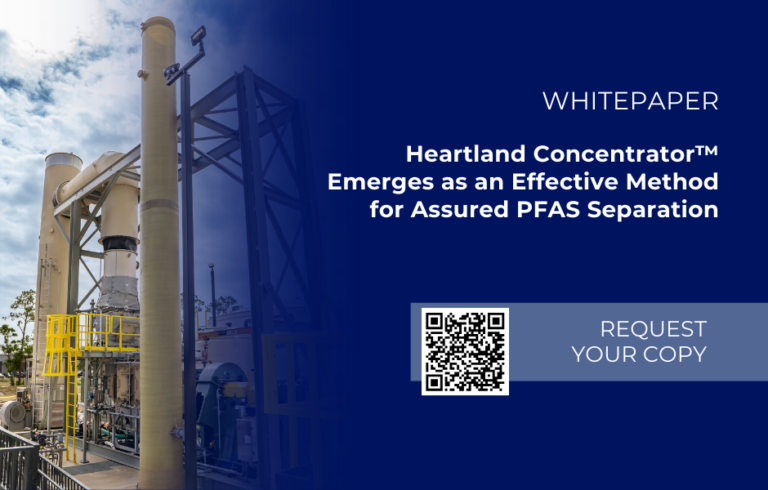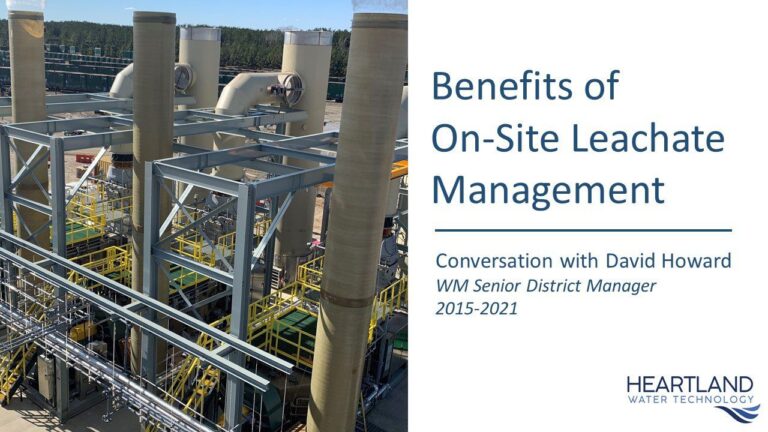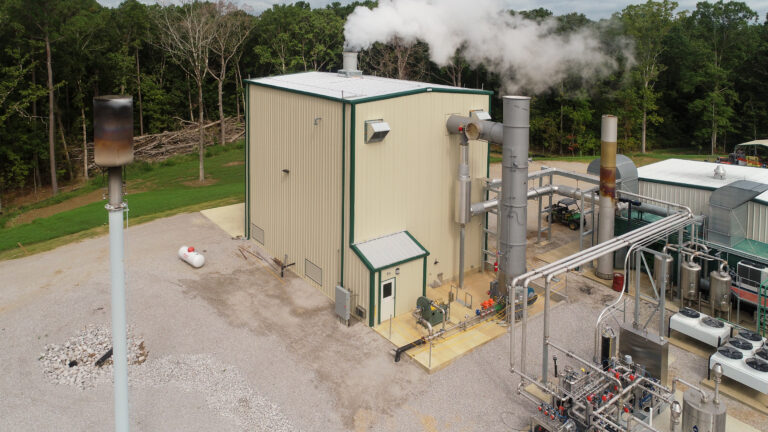A Closer Look: EPA’s Draft Risk Assessment on PFAS in Sewage Sludge
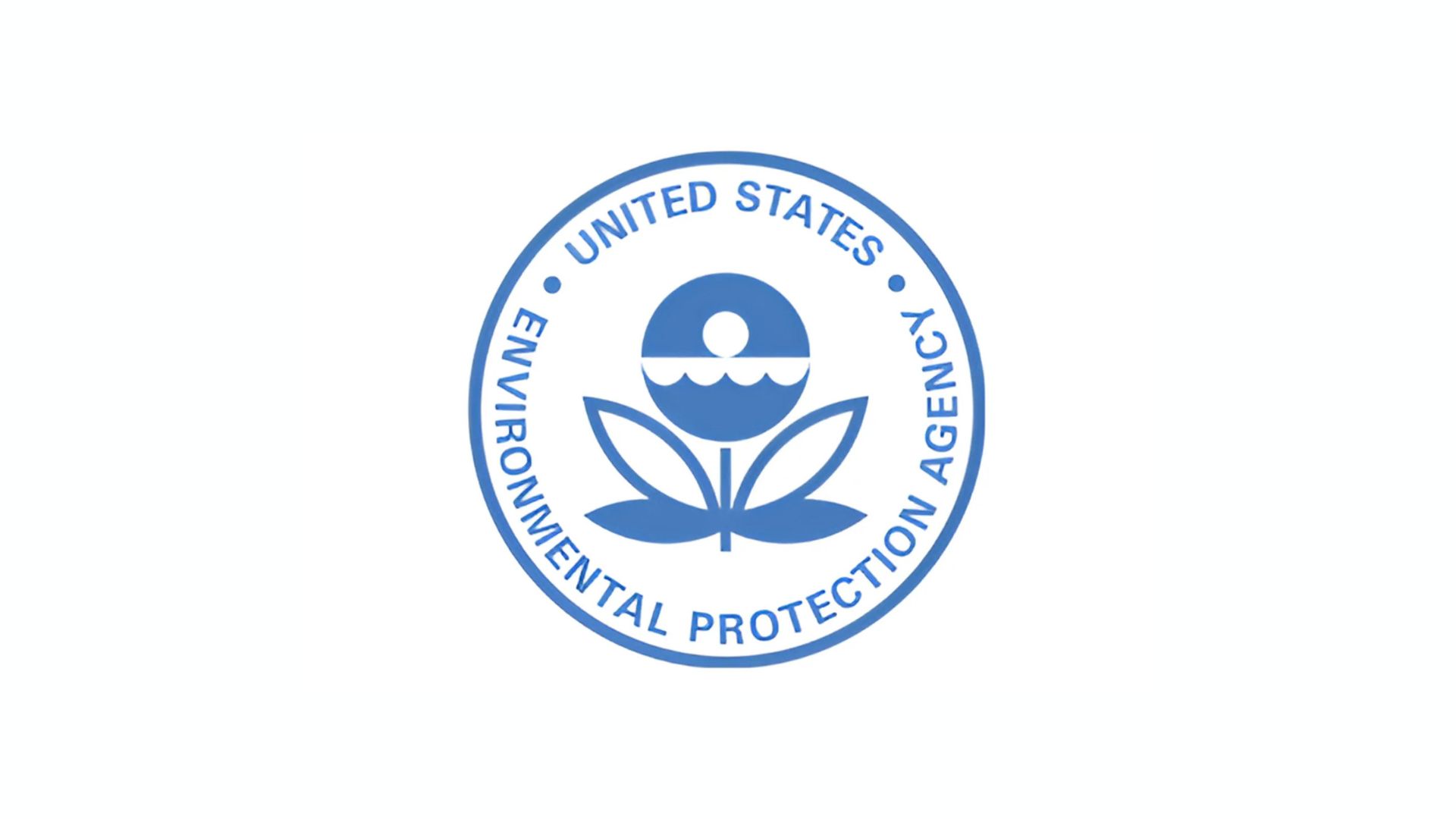
Introduction
On January 14, 2025, the U.S. Environmental Protection Agency (EPA) released their anticipated Draft Sewage Sludge Risk Assessment for Perfluorooctanoic Acid (PFOA) and Perfluorooctane Sulfonic Acid (PFOS). PFOA and PFOS, compounds within the broader PFAS family, pose critical challenges to wastewater. The release of the draft risk assessment marks a pivotal step in evaluating and ultimately understanding the risks these “forever chemicals” pose to public health, the environment and—importantly—biosolids management and the future of wastewater treatment.
Key Findings
The draft assessment focuses on the environmental and human health impacts of PFOA and PFOS in biosolids, a byproduct of wastewater treatment. The study explores the impact of two primary disposal pathways for sewage sludge—land application and surface disposal such as landfills—and the way they cause chemicals to behave and accumulate.
The EPA’s findings revealed that land application of sewage sludge containing 1 part per billion (ppb) of PFOA or PFOS poses significant risks to:
- Pasture farms where sludge is applied to support grazing livestock.
- Food crop farms where biosolids are used as fertilizer.
- Reclamation sites, such as areas undergoing soil rehabilitation.
Additionally, the EPA determined that the risks of exposure to PFOA and PFOS from biosolids increase proportionally with the concentration of these chemicals, underscoring the pressing need for alternative, safe biosolids disposal solutions.
Policy-Driven Solutions
The draft assessment highlights that while wastewater treatment plants (WWTPs) manage contaminants from industrial discharge, household wastewater, and other sources, they do not produce PFOA or PFOS. Unfortunately, WWTPs aren’t built to remove these chemicals, which allows them to persist and accumulate.
To address this, the EPA calls for stronger federal and state policies to control harmful contaminants at their source, easing the burden on WWTPs and advancing safer approaches to biosolids management. For instance, the EPA encourages states to use the Clean Water Act permitting and industrial pretreatment programs, which can significantly reduce upstream contamination, limiting chemical spread and long-term health risks while supporting innovative solutions for biosolids disposal.
Looking to the Future
The draft assessment raises an important question: what does this mean for the future of biosolids management? With more than 50% of biosolids in the U.S. currently applied to land, the EPA’s findings could have far-reaching implications for how these materials are handled in the coming years.
Addressing gaps in the assessment—such as contaminant destruction data for incinerators, risks from soil deposition near sewage sludge incinerators, and a focus on individuals residing near impacted sites or relying on products derived from biosolids, rather than the broader public—will require further research.
Yet emerging technologies offer hope, with solutions to reduce harmful chemicals in biosolids or convert them into valuable byproducts set to shape the future of wastewater management. Policy-driven source control will also be critical to meeting regulatory standards and safeguarding health and the environment.
At Heartland, we are at the forefront of these changes, developing sustainable and effective solutions to meet the challenges of PFOA and PFOS management in biosolids. As the conversation around these forever chemicals evolves, so too must our strategies for mitigating their impact.
Stay tuned for the next installment of this series, where we’ll explore alternative biosolids disposal solutions and delve deeper into how Heartland is leading the charge in tackling this critical challenge.
